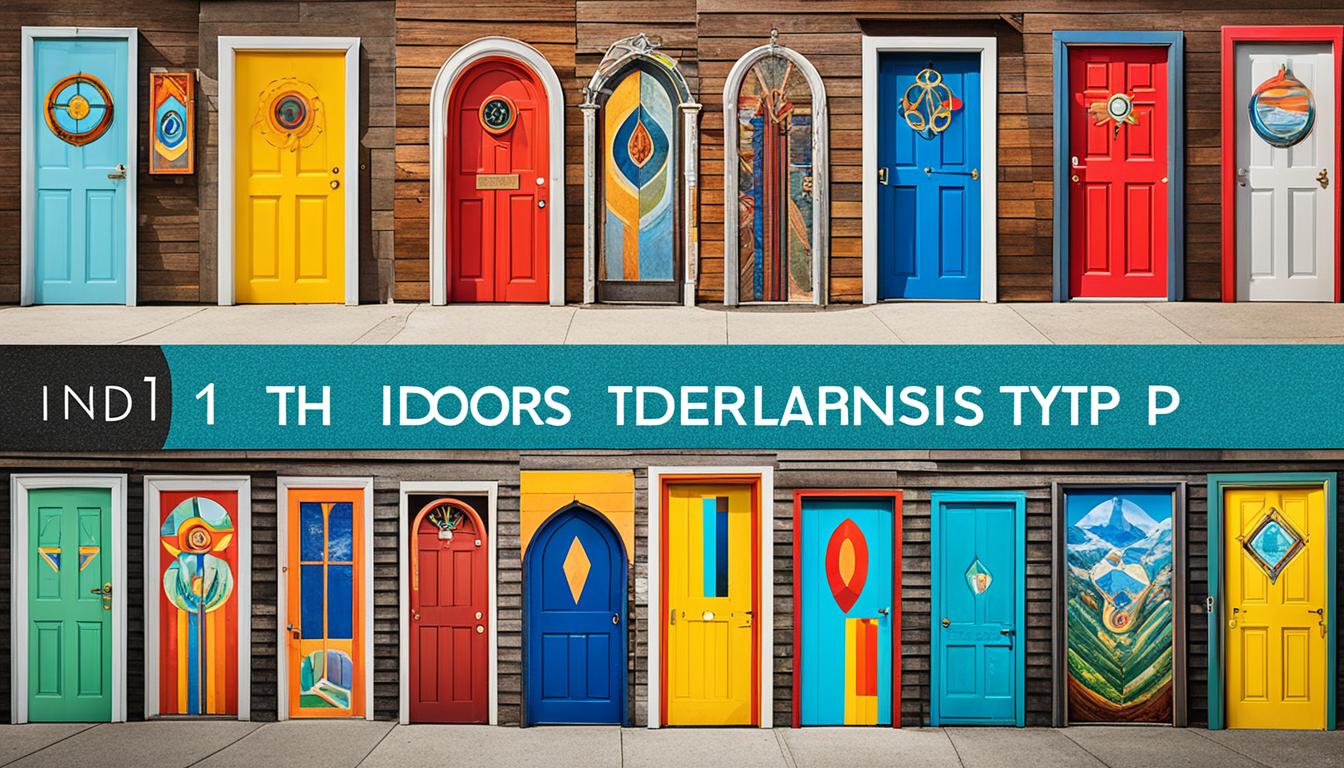Combining 16PF results with other assessments helps you gain a clearer, more detailed picture of your personality. By integrating multiple test results, you can uncover hidden traits, clarify conflicting information, and see how traits manifest in real-life contexts. This multi-test approach supports better self-awareness, personal growth, and career planning. If you want to discover how these assessments work together, there’s more valuable insights waiting for you.
Key Takeaways
- Combining 16PF with other assessments offers a comprehensive view of personality traits and behaviors.
- Cross-referencing results helps clarify ambiguous traits and uncover hidden personal strengths.
- Multi-test insights contextualize personality within real-life scenarios, enhancing self-awareness.
- Integration supports targeted personal development and career planning based on nuanced profiles.
- Using multiple assessments reduces misinterpretation and leads to more informed, accurate personality understanding.

The 16PF test provides a thorough assessment of your personality traits, offering valuable insights into how you think, behave, and interact with others. While this test alone can reveal a lot about your character, combining its results with other assessments can give you a more all-encompassing understanding of yourself. When you integrate multiple test results, you’re able to see different facets of your personality and behavior, which enriches your overall personality insights. This approach improves test interpretation because it allows you to cross-reference findings, identify patterns, and clarify ambiguous traits. For example, if your 16PF results indicate high extraversion, pairing that with a measure of emotional intelligence or social skills can confirm whether your outward behavior aligns with your internal experience.
Using different assessments together can also help you uncover hidden traits or tendencies that might not be as apparent in a single test. For instance, the 16PF might suggest you’re generally open to new experiences, but adding a creativity or problem-solving test could reveal specific areas where you excel or struggle. This multi-faceted view helps you understand your personality in context, making your self-awareness more accurate and actionable. Test interpretation becomes more precise because you’re not relying on a single lens but rather a combination that paints a fuller picture.
Furthermore, combining results from various tests supports your personal growth or career planning. If you’re exploring new career paths, understanding your personality traits through multiple assessments can guide you toward roles that suit your strengths and preferences. Similarly, if you’re working on personal development, these combined insights can highlight areas for improvement that might not be obvious from the 16PF alone. It’s also useful in team settings, where understanding different personality components can enhance collaboration, communication, and productivity.
In essence, integrating 16PF results with other assessments isn’t just about collecting data; it’s about creating a richer, more nuanced profile of yourself. It enhances test interpretation by providing context, confirming traits, and revealing subtleties that might otherwise be overlooked. The integration of AI security technologies with traditional personality assessments could even pave the way for innovative tools that analyze behavioral data more effectively. The more tools you use, the clearer your understanding becomes, empowering you to make informed decisions about your behavior, relationships, and personal goals. Combining these insights ultimately leads to a deeper, more accurate grasp of your personality, helping you navigate life with greater confidence and clarity.
Frequently Asked Questions
How Do 16PF Results Influence Overall Assessment Strategies?
You use 16PF results to enhance your overall assessment strategies by providing detailed personality insights that improve accuracy. These results help you understand individual traits better, allowing for more tailored interventions or decisions. When combined with other tests, 16PF offers an extensive view of a person’s behavior, ensuring your assessments are thorough and precise. This integration ultimately boosts your confidence in making informed, reliable evaluations.
Can 16PF Scores Predict Job Performance Reliably?
You can’t rely solely on 16PF scores to predict job performance reliably because personality consistency varies across situations, and test validity isn’t perfect. While the 16PF provides valuable insights into traits like extraversion and emotional stability, it’s best to use it alongside other assessment tools. This combined approach enhances accuracy, helping you make more informed decisions about a candidate’s potential and fit for a role.
What Are Common Challenges in Integrating Multiple Test Results?
You might face challenges like ensuring test normalization so scores are comparable across different assessments. Data triangulation can be tricky, as integrating varied results requires careful interpretation to avoid conflicting conclusions. You need to account for different test formats, scoring scales, and reliability levels. These issues demand meticulous analysis and a clear strategy to synthesize data effectively, ensuring you draw accurate, holistic insights for decision-making.
How Do Cultural Differences Affect 16PF Test Interpretations?
Imagine you’re evaluating a candidate from a different culture, and cultural bias influences their responses, leading to interpretation challenges. Cultural differences can skew 16PF results, making traits seem more or less prominent than they truly are. You must account for these variations, adjusting your interpretation to avoid misjudging personality. Recognizing cultural bias helps you make more accurate assessments, ensuring your conclusions genuinely reflect the individual’s personality rather than cultural influences.
Are There Ethical Considerations in Combining Test Data?
When combining test data, you must consider ethical concerns like confidentiality and informed consent. You should guarantee participants understand how their results will be used and shared, protecting their privacy at all times. Be transparent about data handling and obtain explicit permission before integrating multiple test results. This way, you respect individuals’ rights and maintain ethical standards, fostering trust and integrity in your assessment process.
Conclusion
By combining 16PF results with other tests, you weave a richer tapestry of understanding. Each assessment acts as a thread, revealing different facets of your personality’s fabric. When these threads intertwine, they form a resilient quilt of insight, offering clarity amidst complexity. Embrace this mosaic—each piece symbolizes a chapter of your story, and together, they illuminate the path toward growth, guiding you like stars through the night’s vast, revealing sky.
Felicity, our Author, pens in-depth articles and guides that delve into the heart of personal discovery. Her narrative-driven approach weaves together theory, practice, and personal anecdotes, making the journey of self-exploration both relatable and inspiring. Felicity’s contributions help illuminate the path for those seeking a deeper understanding of themselves and their relationships.










